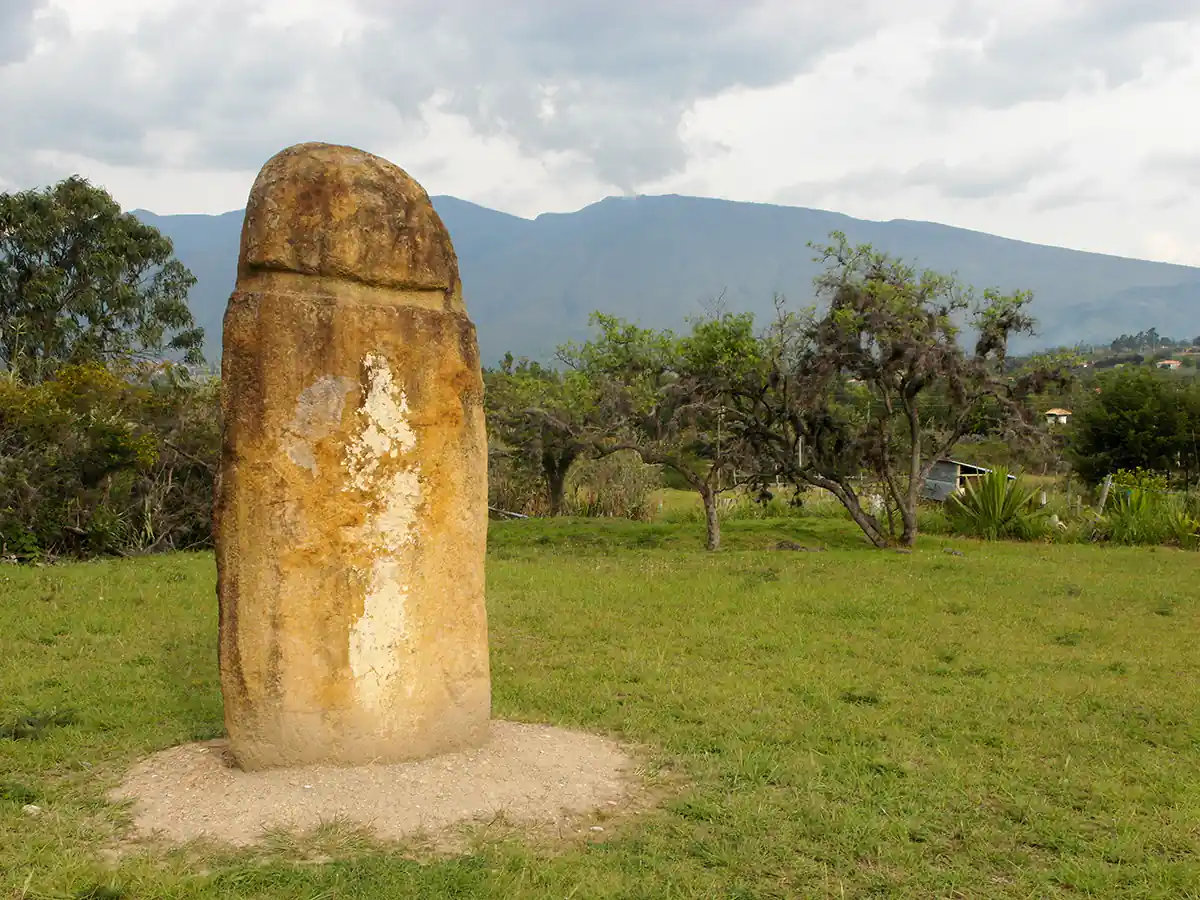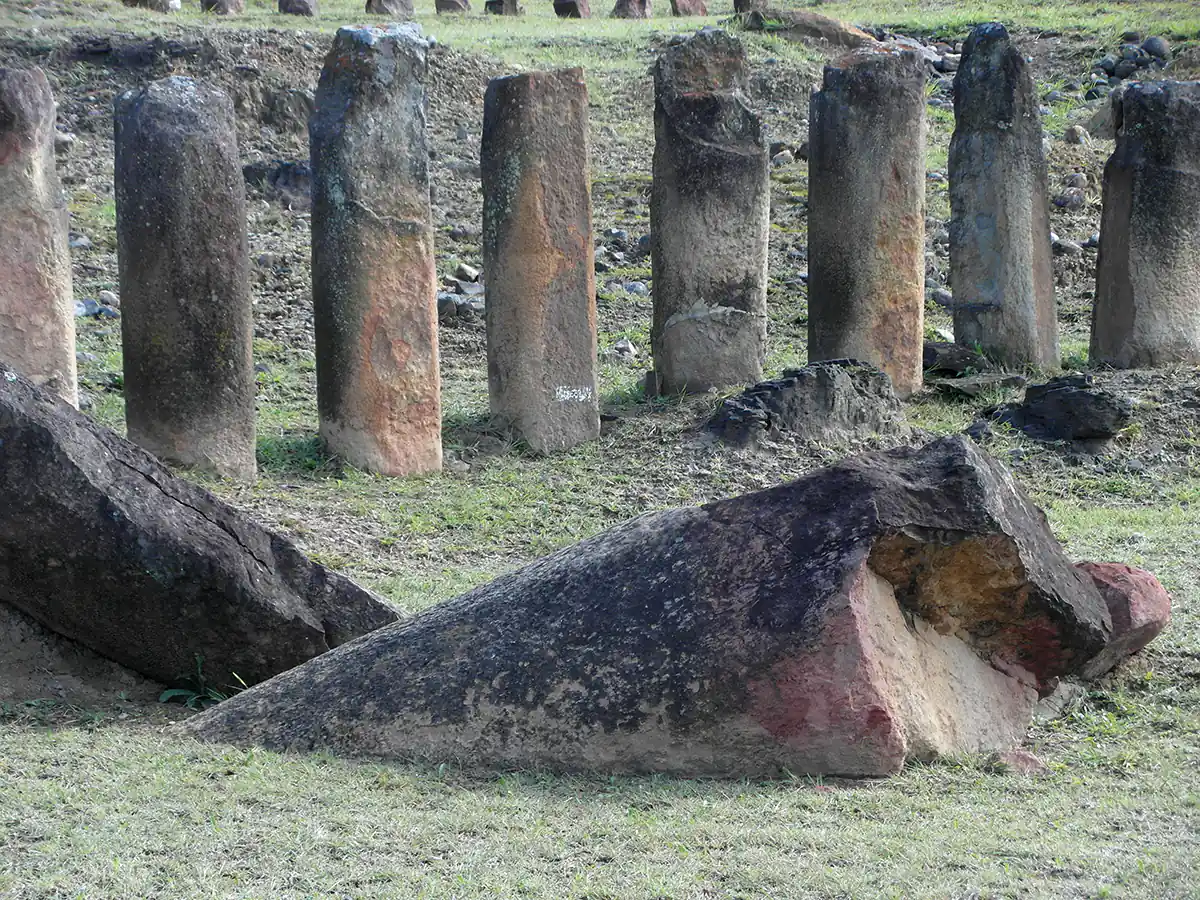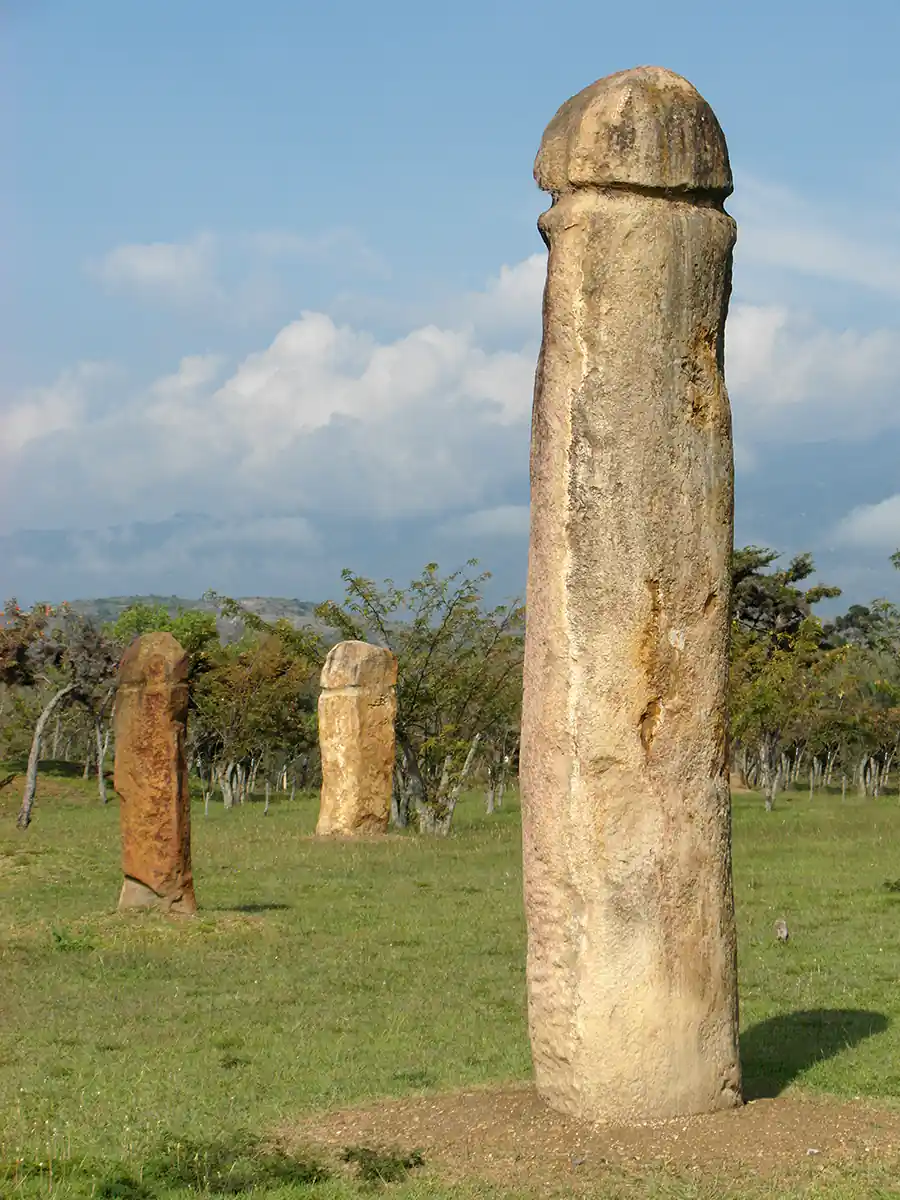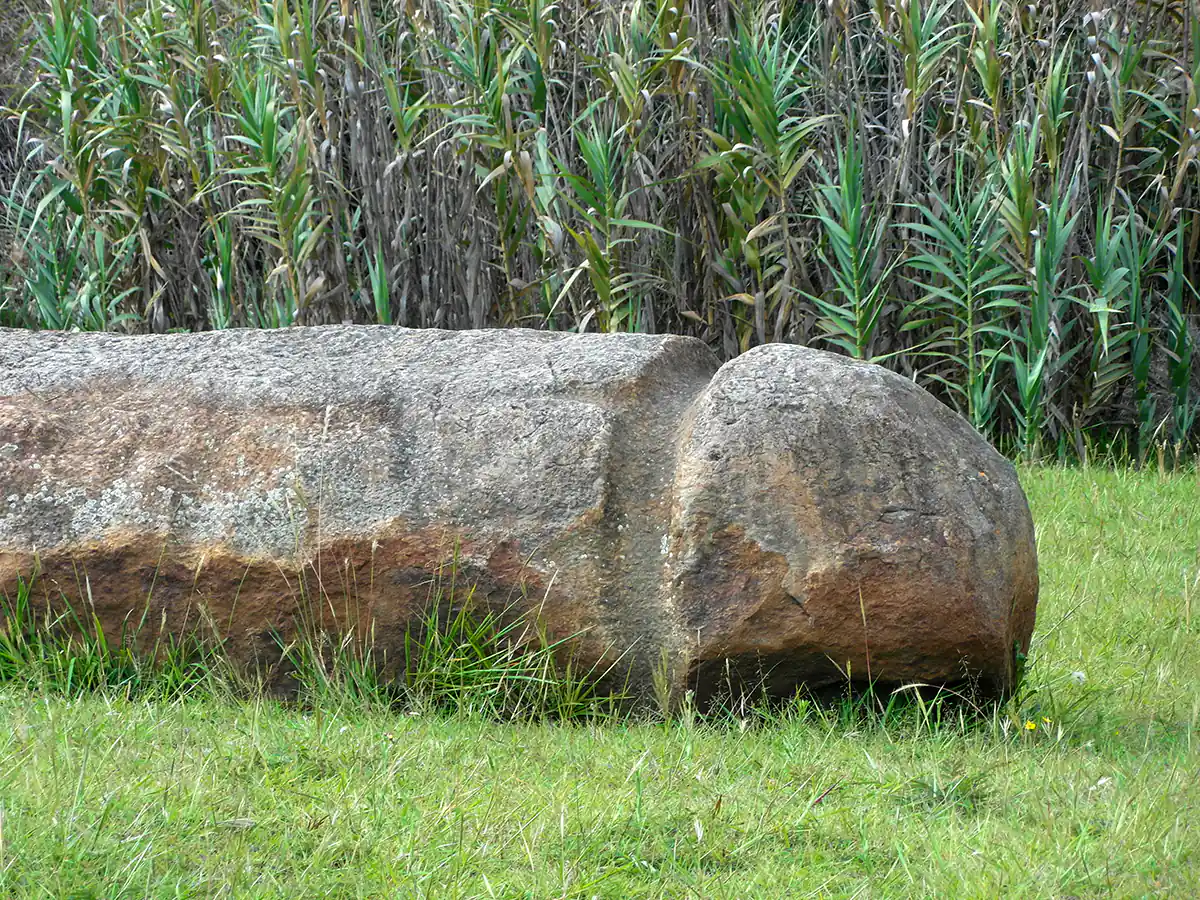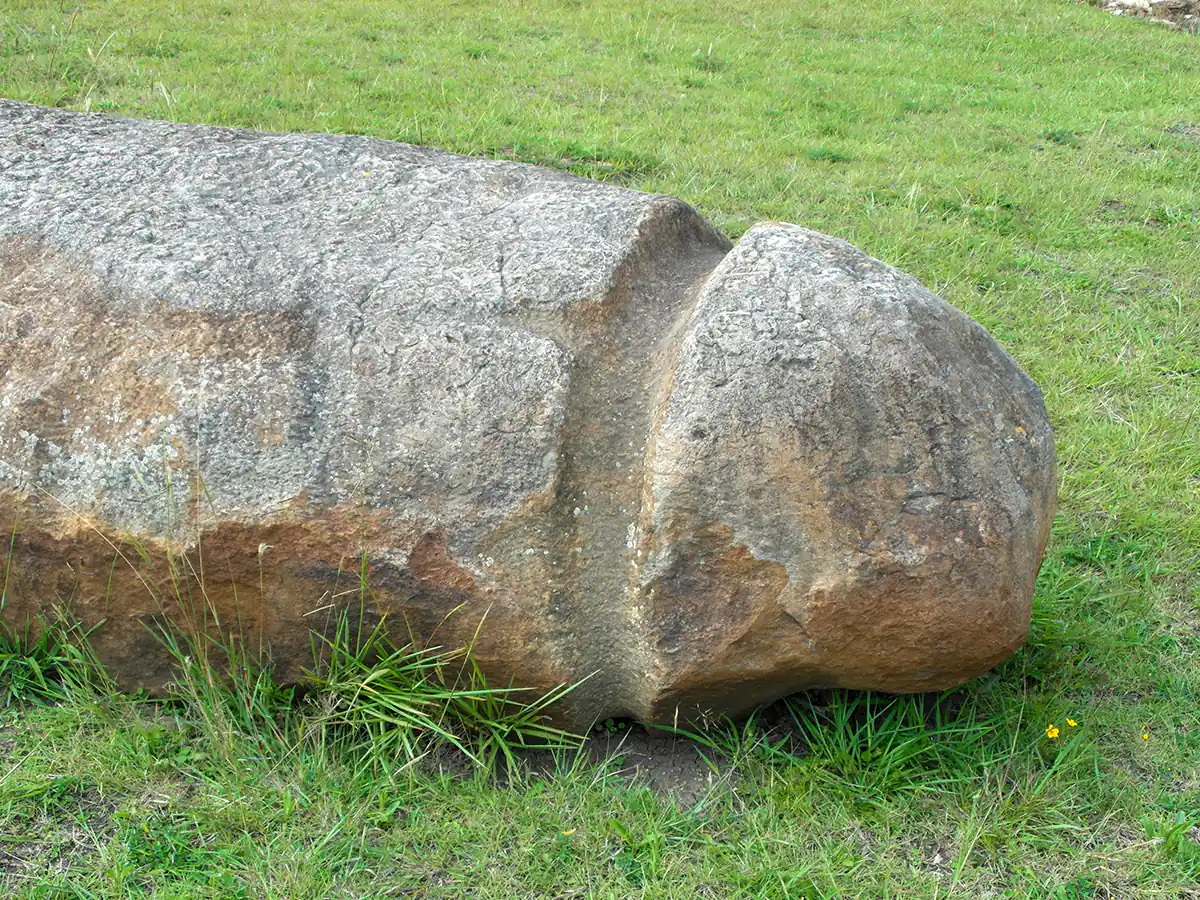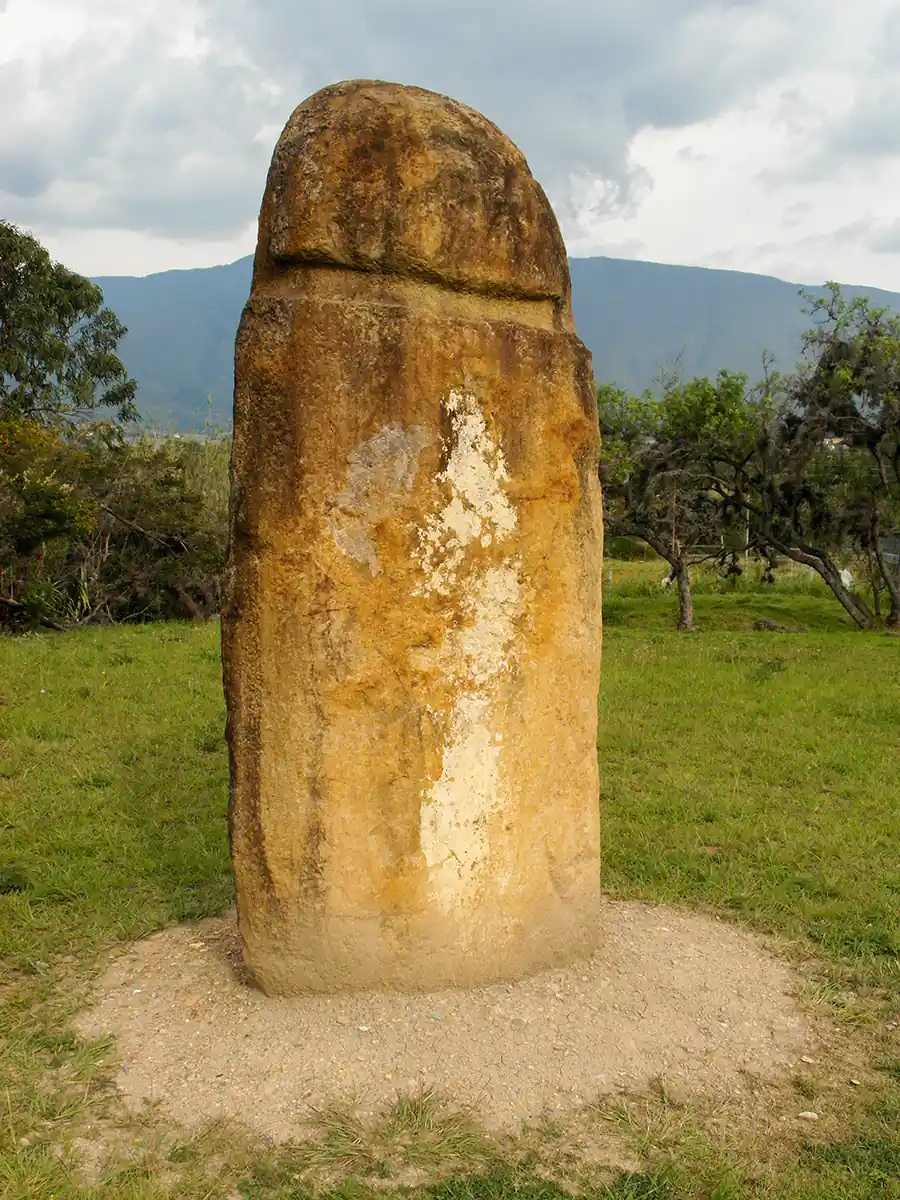El Infiernito
Located five miles to the west of the charming Colonial-era town of Villa de Leyva, the ruins of El Infiernito are one of Colombia’s most unusual ancient sites. The site has several notable features, including two lines of thirty-six standing stones with distinct solar and astronomical orientations; thirty tall stone columns with definite phallic shapes, which archaeologists suggest were used in fertility rituals; raised earthen mounds; and a mysterious underground altar. Archaeological investigations indicate the site was used for ceremonial purposes as long ago as 2000 BC, and it was a significant holy place for the Muisca Indians from 1000 to 1550 AD. The official name of the place is the Monquira Archaeological Park. However, five centuries ago, Spanish Conquistadors gave it the more commonly used name of El Infiernito or ‘Little Hell’ because they considered it a diabolical place used for pagan worship.

Martin Gray is a cultural anthropologist, writer and photographer specializing in the study of pilgrimage traditions and sacred sites around the world. During a 40 year period he has visited more than 2000 pilgrimage places in 160 countries. The World Pilgrimage Guide at sacredsites.com is the most comprehensive source of information on this subject.
